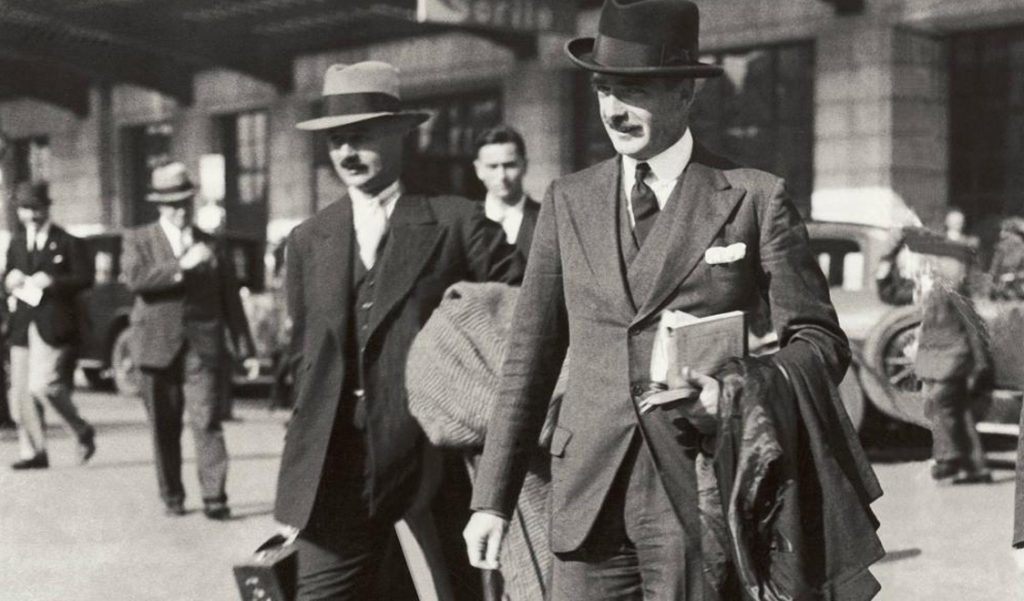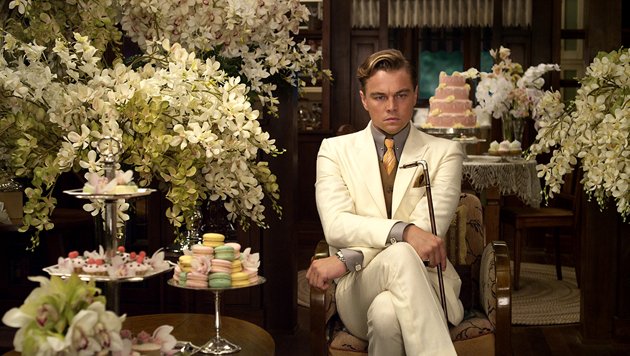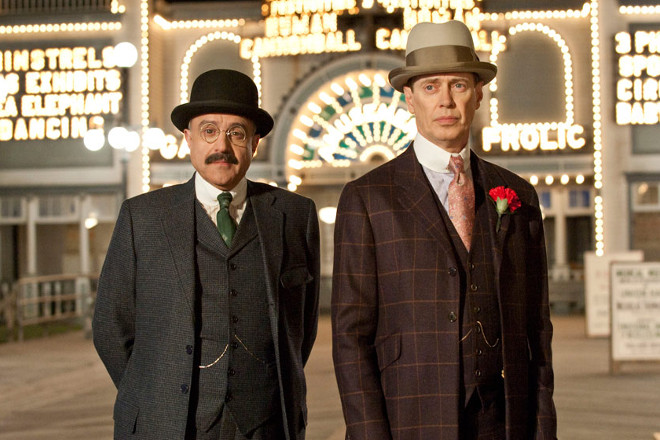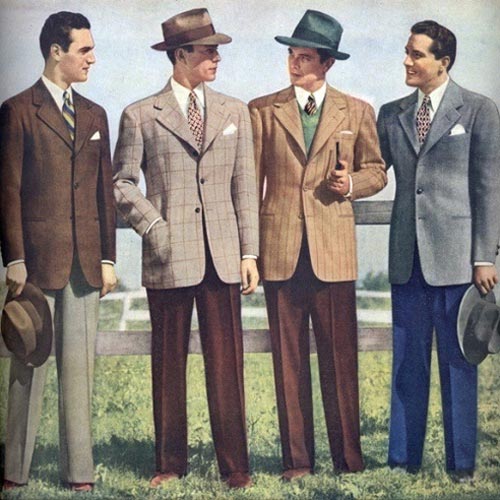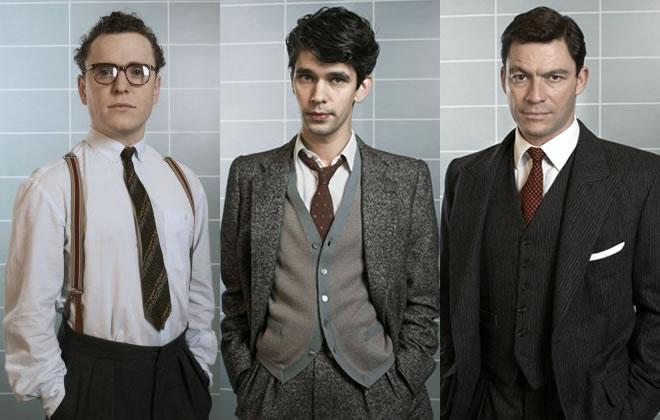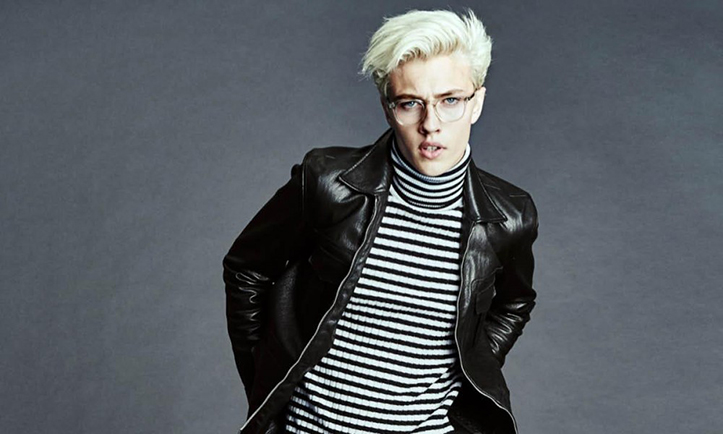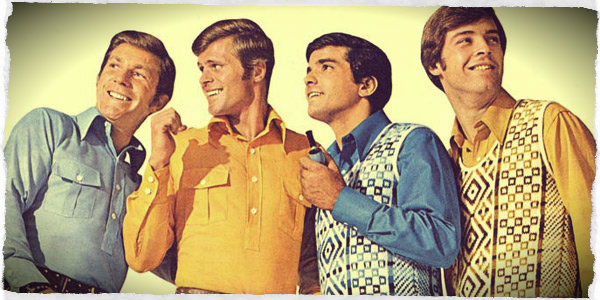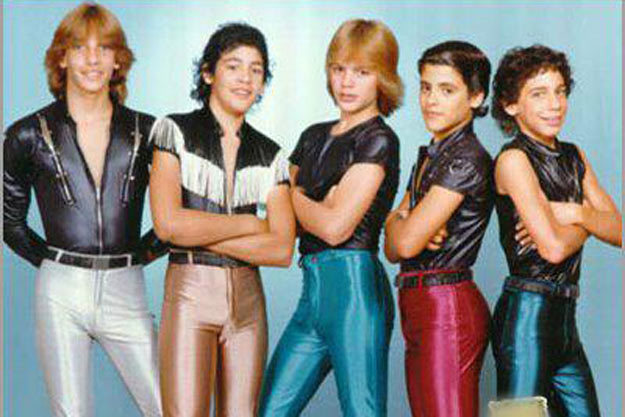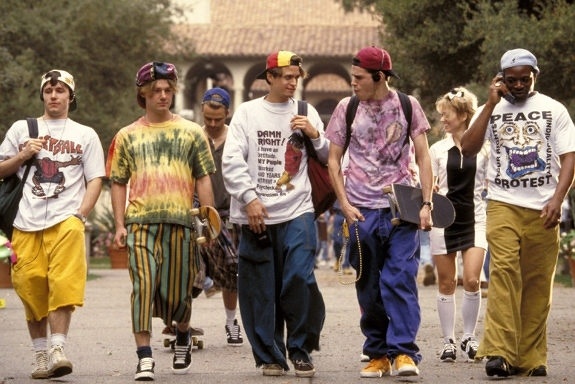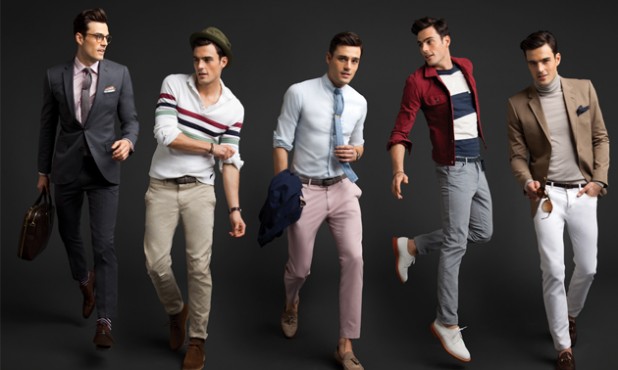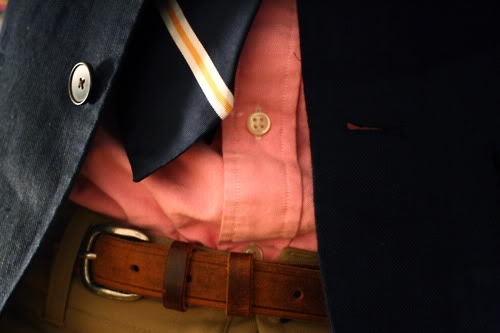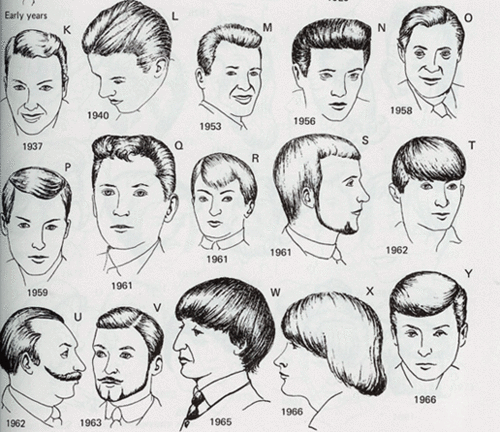If your favorite subject in school was history, have we got a show for you! We promise not to lecture you with dates and what people wore back in the day…wait, no…that’s exactly what we’re going to do!
To move forward in fashion, we can draw inspiration from what people used to wear in the past and build or revamp it to something even greater. We thankfully don’t have any boring slideshows or textbook readings.
Instead we will be demonstrating an exhibition on men’s fashion through the years and how society’s changes have impacted the transition of the way gentlemen dress. Join us as we travel back in time to take a look into fashion at the turn of the 20th century.
We examine how world events have constantly changed style and led its constant transition to more casual wear.
1910s
We begin our adventure at the dawn of the 1900s, where men’s fashion at the time can only be seen today in musicals about that time period. Everybody wore suits, usually in the double-breasted style with peak lapels. Almost all were patterned as well, from big checks to pinstripes and everything in between. The feature of the 1910 outfits was the Newsboy cap, the one that Oliver Twist and his gang always wear. Initially associated with the working class, they were adopted by the upper class for leisure activities, as were most working class styles. Full legged pants and round derby shoes were also part of the trend to give the wearer a big appearance, a stark contrast to today’s slim fashion. Bowties were favored to add a bit of fun to the look as well as circular Harry Potter glasses. Top hats and walking sticks were the regular dress of the high class.
1920s
Three-button suits, three piece and single-breasted suits start entering the fashion arena in the 1920s. The economic boom after World War I gave men’s fashion connoisseurs the freedom to dabble in exploratory fashion and try on new styles. More and more people could afford luxuries such as pocket watches and top hats because of their increased income, which was also spent on wardrobe expansion. Walking sticks as well, in fact just anything that would help you resemble the Monopoly Man. Curly-ended moustaches were grown for style, not just for the Movember competitions you see these days. Full pants were still cool during this time, for some reason. Probably comfort and roominess, though an updraft coming through the bottom cuff would be unpleasant. Oh, and bowties are still cool, but that’s understandable. Bowties are always cool.
1930s
Walking down a street in the 1930s, you would witness men dressed as what you would see in a traditional gangster films. Think Al Capone, with a double breasted suit, pinstripes and pocket square puffing out. Fedoras are making their way into men’s fashion wardrobes as a staple in headwear and because they’re just so cool. Full pants are still in style but altered with a higher crop to show the socks, sometimes even hanging above the ankles. Neckties are now more commonly used, though only the knot and top portion are shown due to the high break at where the cloth in the double-breasted suit overlaps. The big fit is still in, though it’s excessive that it looks like a kid wearing his dad’s suit. Interestingly enough, the big fit probably came in handy when hiding flasks during the Prohibition era.
1940s
The dawn of World War II meant restrictions on resources, which regretfully included wool, and thus single breasted blazers and cuff-free pants became the norm out of necessity. This began the appearance of some trimmer fitted suits in public, although not slim cut. Fashion was not as much a priority during these times as much as staying alive. Most men in the streets were wearing some form of military uniform instead of a suit. However, the dress shirt-suspenders with fedora look became a popular sight and was initially an odd occurrence as suspends were never supposed to be worn openly in public. But hey, during war times, anything goes. A sweater vest or a sweater would occasionally be substituted for a blazer and layered underneath as well, again hinting towards a more laid-back style of dress.
1950s
Truly trim tailoring begins, a revolution that has recently come to full force but originating from the mid 1950s. Bear in mind not everyone wanted to dress in slim suits as men’s fashion was still rooted in fuller suits, but the odd slim cut suit would be seen in public and not be gawked at. The use of pocket squares is gaining popularity as they used to be tucked away inside the blazer and are now being used for aesthetic purposes in the outside left breast pocket. Fedoras rise to their peak popularity and are used by men of all professions, from white collar to blue collar. However, the Greaser counterculture begins and with it the continued transition downwards towards more casual styles of dress. Casual suits and sport coats are now being swapped for leather jackets and acid wash jeans. This casual style was only brought up by the younger generations, up to late teens, as young adults would still be in formal attire.
1960s
We continue in the 1960s where the “renegade artist” look has caught the world by storm. Most of the participants of this style were of high society, though everyone tried dressing like an art collector or an architect due to the arrival of “modern art”. Monochromatic outfits with wild hair and thick-framed glasses made up most of the outfits, sort of like an Andy Warhol type. The ones who weren’t invited to the party still dressed in a wild manner compared to the collared shirt gentlemen of just a decade ago: Floral shirts, wide lapels, patterned trousers, people dressed like they were in Hawaii without ever leaving home. Welcome to Groovy-ville.
1970s
The transition from the 60s to the 70s was a seamless move as the groovy outfits of the former added some funkadelic patterns to their outfits, no doubt influenced by the influx of hallucinogenic drugs into people’s diets. Although suits were always still a staple in men’s work wardrobes, two looks came into prominence for casual wear through their respective lifestyles: the Hippie and the Disco. Hippies probably preferred to be naked if they had the choice but when clothing was mandatory, they would wear tie-dye shirts with patched-up jeans, bandanas, and all sorts of spiritual accessories. Oh and sandals, because freedom for your feet, dude. A popular outfit among the Disco crowd was an open collar shirt under a light colored suit with bell bottom pants. Platform shoes were also a thing due to the wide bottoms of the trousers. You would get major bonus points if you could grow out an afro, but it wasn’t mandatory. Yes, this look is everything the modern day businessman would look at with disgust, but these were different times. 1970s men’s fashion even had leisure suits, which were shirt-like jackets and pants to give off an “I like to dress up but I also like to party” look. They are now extinct, thank goodness.
1980s
Onto the 80s, we witness the dawn of mullets, which will forever go down as one of the many indescribable phases in style during this decade. For starters, sportswear entered the casual wear wardrobe and was no longer just for exercising. Spandex was everywhere for men, not just in workout rooms but in public. Guys would wear pants so bright and tight you would think they forgot to finish changing into their superhero costume. Full matching tracksuits were popular as well, so creativity points took a severe hit. Wanna know how crazy the 80s were? A boombox was the coolest accessory to have, and wearing two collared shirts didn’t get you a kick in the face. Dawn of grunge rock, so a lot of jeans with holes in them, leather jackets, and disobeying your parents. Businessmen still held a certain standard in fashion though they did tweak a few things. Broader shoulders in the suits, bold ties, and suspenders were brought into the workplace and were welcomed with open arms. Think Michael Douglas from Wall Street.
1990s
This is the first breakthrough into the gray area we call business casual for men’s fashion. People were starting to wear suits with the buttons undone and open collared shirts to work. The scale of men’s fashion began to spread into polar opposites: On one end, the slimming down of everything continues based more on a European influence. Slim pants, slim shirts, anything to accentuate the figure of your body, to the point that adult men were probably shopping at Baby GAP. On the other hand, the American fashion welcomed the hip hop movement and with it, the dawn of baggy clothing. Rappers adopted the style of wearing pants down to their knees and XXL t-shirts from prisoners, and this style was in turn accepted by the masses. Even Hollywood icons would dabble in this upcoming trend of looking like the “After” picture of a weight loss program.
2000s and Beyond
We reach the turn of the millennium and a time where we are living through the men’s fashion trends that we are writing about. We have witnessed these trends firsthand and most likely were willing participants in some of them as well. There were a lot of graphics in the early 2000s because they made clothing simple. Pictures of your favorite band or even a smiley face would convey a message you broadcast to the world without you ever needing to speak. The hip hop phase was still in full force though rappers started to wear designer brands such as Gucci and Louis Vuitton instead of Ecko and Phat Farm. For non-rap enthusiasts, the cool look was spiked up hair and goatee with jeans and graphic shirt. Oh God, I just described Guy Fieri.
From 2010 onwards, a shift towards clean-cut clothing (thankfully) has become the norm for men’s clothing. No more loud patterns or obscene graphics, clothing has transformed into layering simple pieces each other to add dimensions to an outfit. A good example of this is Kanye West, who rarely exhibits loud graphics of any kind but instead layers sweaters over shirts in a multitude of methods. Another popular style is an open plaid shirt over a plain tee. Simple, simple, simple.
What’s Your Favorite Style in History?
Yes, it’s a lot to take in, though it’s important to appreciate how men’s fashion has evolved through time to reach where it is today.
What’s your favorite era? Let us know in the comments below!

